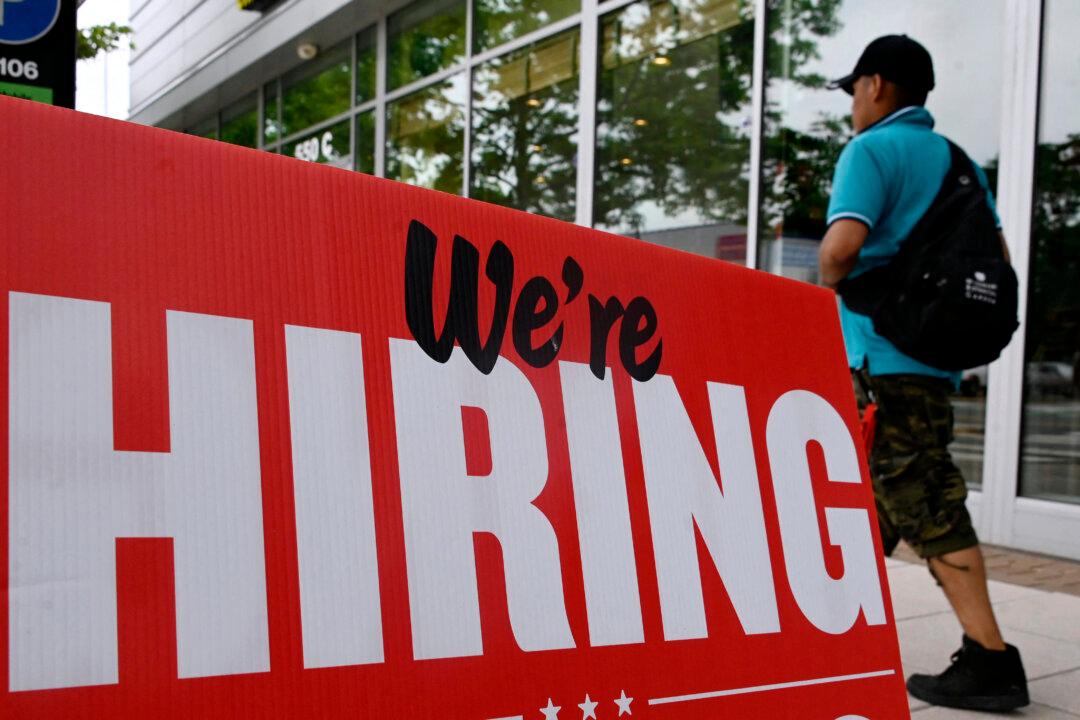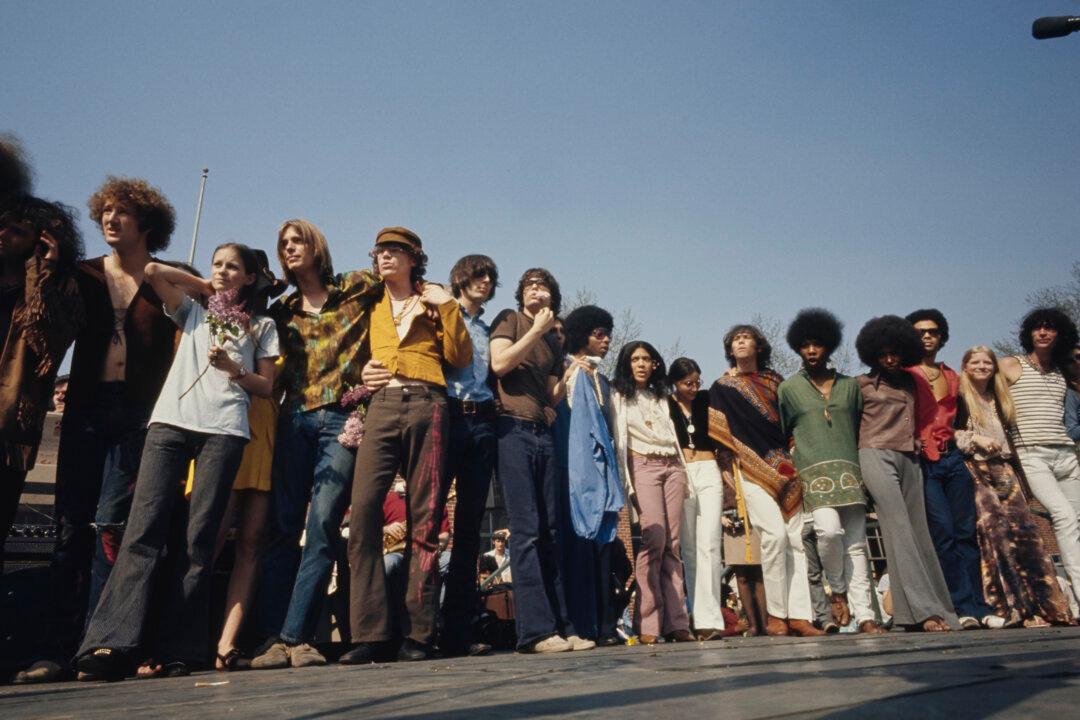Commentary
A small business owner with whom I was speaking raised an odd point. He has many jobs open right now and advertises them. Many people apply, and he clicks through the online portal to offer interviews. Then, something odd happens. He never hears from them. Maybe they took some other position.





